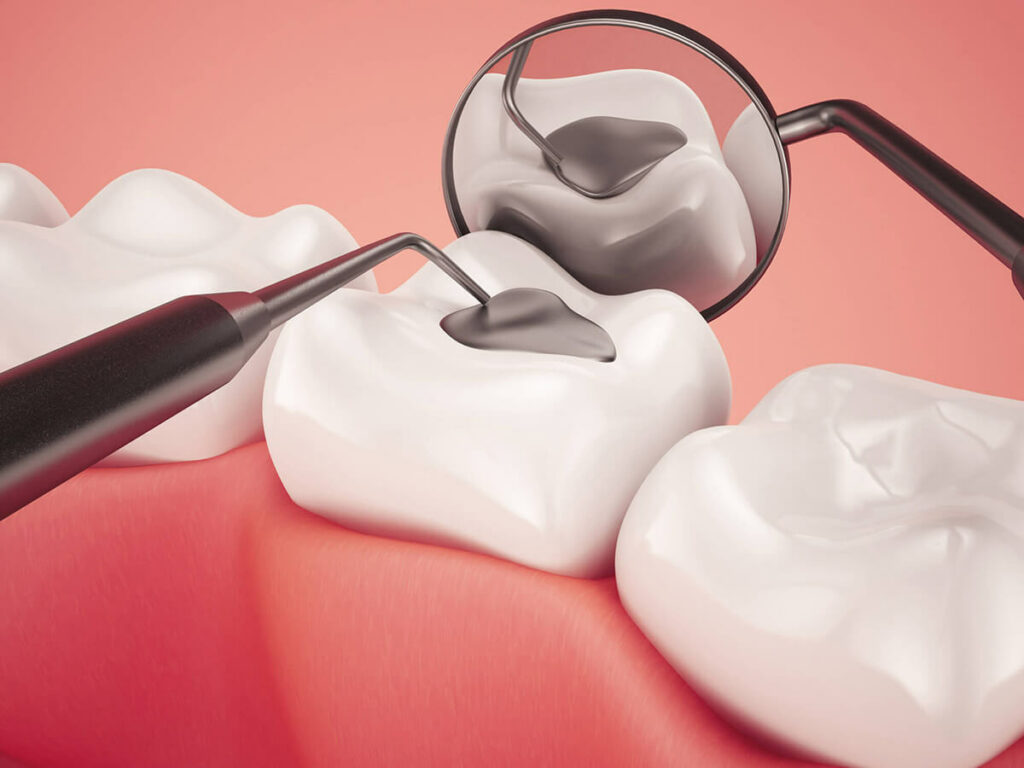[[data.name.value]]
[[metadata.defaultData.name]]
[[data.title.value]],
[[metadata.defaultData.title]],
[[data.company.value]]
[[metadata.defaultData.company]]

Cost For Hiring Home Care Service - Important Considerations
A beautiful smile and general wellbeing depend on maintaining excellent dental health. Dental fillings are one frequent dental operation that many of us may have at some time in our lives. Dental fillings are used to restore teeth that have been fractured or damaged by decay. Dental filling materials have evolved throughout time, each having pros and cons. The following article will discuss dental filling materials to assist you choose one for your oral health.

Amalgam Fillings
For more than a century, amalgam fillings have been a dependable option. They are made of a mixture of metals, including copper, tin, silver, and mercury. Amalgam fillings are renowned for being strong and inexpensive. They can sustain chewing pressure and last for many years. Their silver hue, however, is a glaring flaw that reduces their aesthetic attractiveness. A few questions have also been raised about the mercury concentration, despite the fact that research suggests that most people are protected from harm from amalgam fillings.
Composite Resin Fillings
The popularity of composite resin fillings is due to how well they match real teeth. These fillings are almost unnoticeable because they are made of a blend of plastic and glass particles that are color-matched to your teeth. Their cosmetic appeal makes composite fillings ideal for front teeth and other prominent regions of the mouth. Compared to amalgam fillings, they adhere effectively to the tooth and need less good tooth material to be removed. Composite fillings, however, cannot last as long as amalgam ones and would need replacement more often.
Ceramic Fillings
Another attractive choice is ceramic fillings, sometimes referred to as porcelain fillings. They are a popular option for exposed regions since they are made to mimic the color and feel of your actual teeth. Ceramic fillings provide a long-lasting solution since they are strong and stain-resistant. They may need numerous visits to the dentist for fitting, and they are more costly than amalgam or composite fillings.
Glass Ionomer Fillings
A special alternative that releases fluoride over time is glass ionomer fillings, which may aid in halting additional tooth decay. They are often used for temporary fixes or minor fillings in low-stress parts of the mouth, such as in toddlers. Although they may not be as strong as some other materials, their ability to release fluoride makes them useful in certain circumstances.
Gold Fillings
The strength and durability of gold fillings, which are composed of a combination of gold and other metals, are well recognized. They are quite strong and may survive for many years. Gold fillings preserve more of the original tooth since less tooth structure must be removed. However, they are less common for visible teeth due to their overt gold hue, and they may not be to everyone's taste in terms of aesthetics. They are among the costliest solutions for fillings.
Conclusion
For a beautiful smile and good dental health, ask your dentist about the finest filling material. With so many choices available in modern dentistry, you can decide what is best for your oral health and aesthetic preferences.
Expert dental treatment and a variety of dental filling materials are available at Dental Krafts Bestech Central Square Mall. Put your oral health first and grin with self-assurance by using the appropriate dental filling material.
Read more
Read less
[[ metadata.translations.contactme ]]